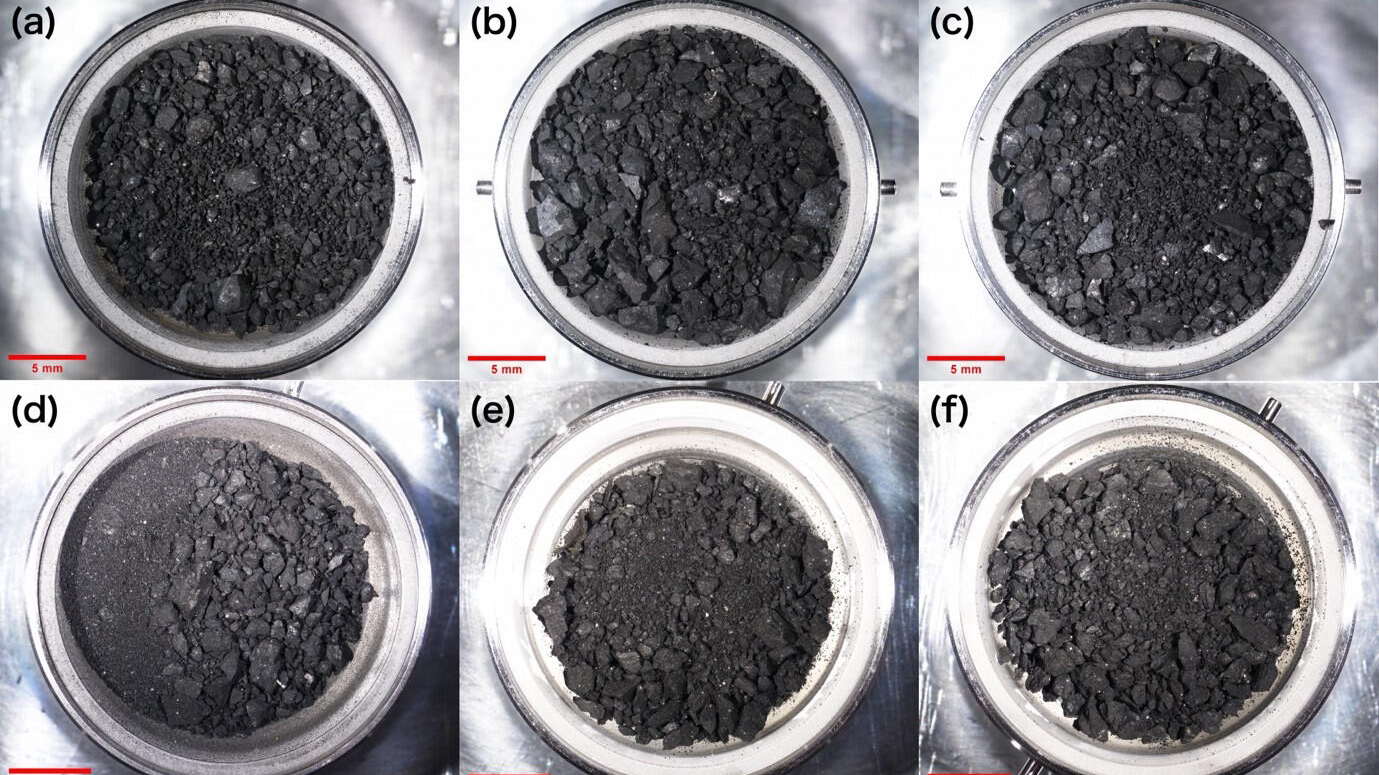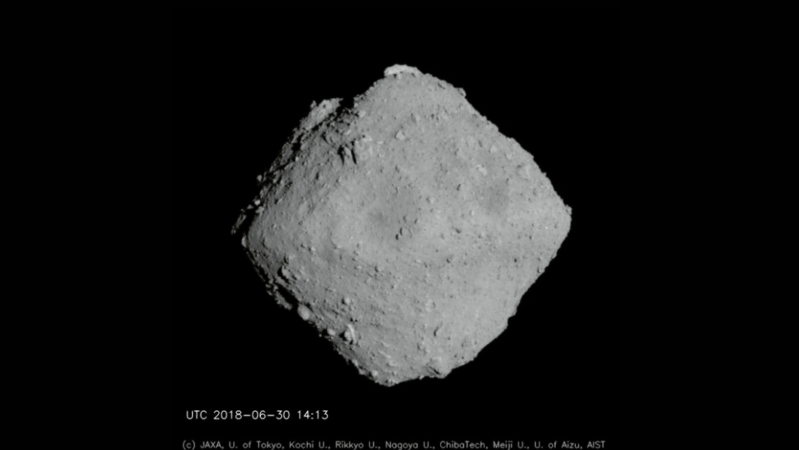
The first results from the initial description of the sample from asteroid Ryugu returned by the Hayabusa 2 spacecraft published in the British online journal, Nature Astronomy, December 21, 2021. /JAXA
The first results from the initial description of the sample from asteroid Ryugu returned by the Hayabusa 2 spacecraft published in the British online journal, Nature Astronomy, December 21, 2021. /JAXA
The Japan Aerospace Exploration Agency (JAXA) probe 'Hayabusa 2' discovered "amino acids," the source of life, in sand samples brought back to Earth from the Ryugu asteroid, the Japanese financial newspaper The Nikkei reported on Monday, marking the first time that human beings have discovered amino acids, substances that make proteins, outside Earth.
More than 20 types of amino acids have been detected in samples Hayabusa 2 brought back to Earth from the Ryugu asteroid in late 2020, the newspaper quoted a Japanese education ministry official as saying. The official noted that amino acids, one of the first organic molecules to appear on Earth, are very important substances for living things and could hold clues to understanding the origins of life.

Japan's Hayabusa 2 space probe brought samples to Earth from the Ryugu asteroid in late 2020. /JAXA
Japan's Hayabusa 2 space probe brought samples to Earth from the Ryugu asteroid in late 2020. /JAXA
Probe on origin of life
Hayabusa 2 left Earth in 2014 and reached its stationary position above the Ryugu asteroid in June 2018 after traveling 3.2 billion kilometers on an elliptical orbit around the sun for more than three years. It finally touched down on the asteroid twice the following year and collected its first-ever subsurface samples from an asteroid.
In December 2020, a capsule that had been carried on a six-year mission by Hayabusa 2 delivered more than 5.4 grams of surface material to Earth from the Ryugu asteroid 300 million kilometers away.
Launched in 2021 with a full-fledged investigation of the sample, the probe of Ryugu was conducted jointly by the JAXA and Japanese research institutions, including the University of Tokyo and Hiroshima University.
Aiming at unraveling the mysteries of the origin of the solar system and life, the probe suggested the presence of water and organic matter with previous analysis of the samples.
Although it is still unknown how amino acids arrived on Earth in ancient times, one theory says they were brought by meteorites with amino acids being detected in a meteorite found on Earth while another possibility is that they were attached on the ground.
This time, Hayabusa 2 delivered the subsurface materials without them being exposed to the outside air after collecting the samples that had not been weathered by sunlight or cosmic rays, showing for the first time that amino acids exist on an asteroid in space.

